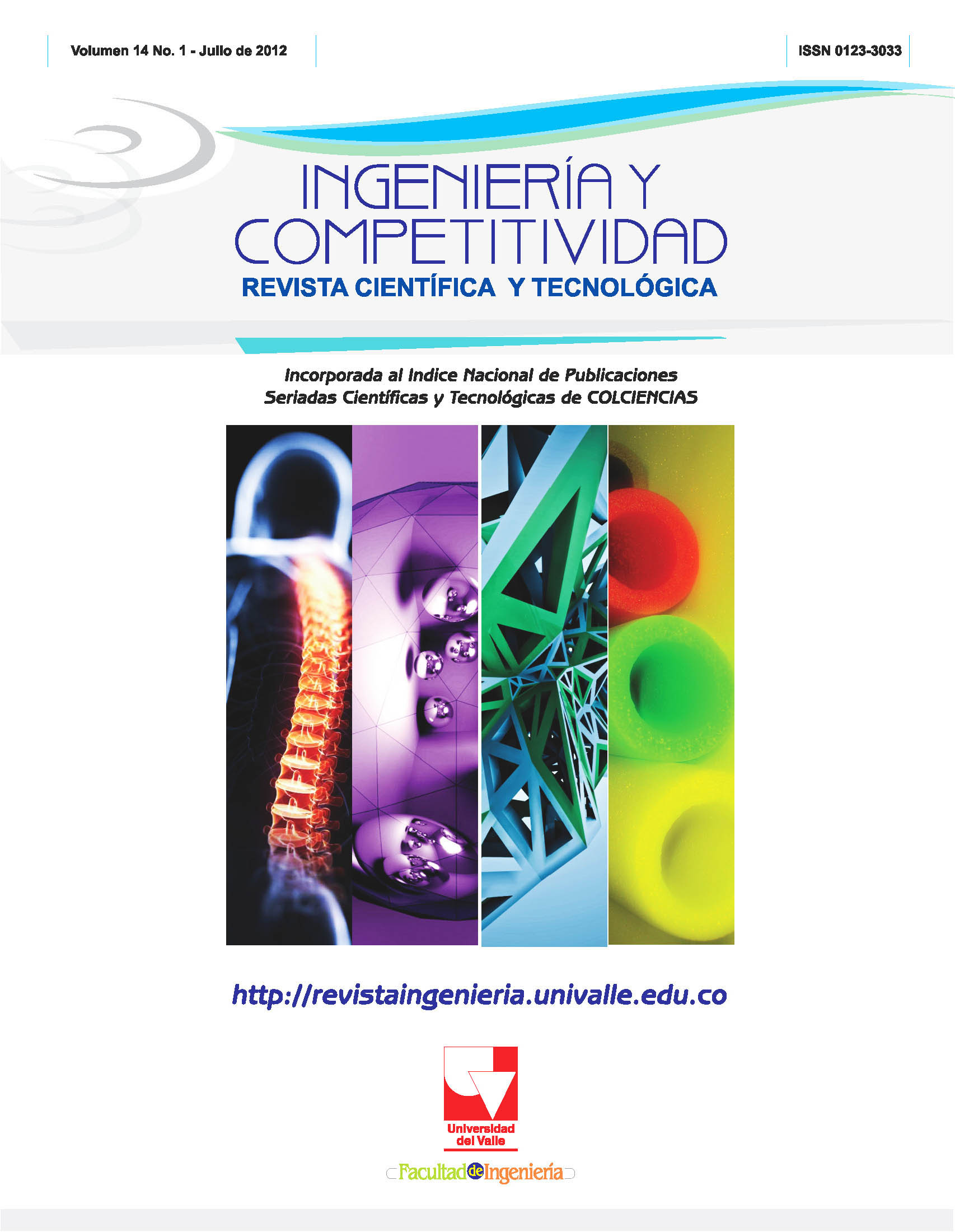Estimación de los niveles de desempeño estructural y de la deriva inelástica de pórticos de concreto considerando la variabilidad de los materiales de Bogotá
Contenido principal del artículo
Los ingenieros estructurales calculan la capacidad sísmica de los pórticos de concreto reforzado con la geometría de los elementosestructurales y con las propiedades mecánicas de los materiales. Las propiedades mecánicas más importantes del concreto y elacero usadas para estimar dicha capacidad son: módulo de elasticidad (E) y resistencia a la compresión del concreto (f `c); esfuerzode fluencia (Fy) y esfuerzo resistente del acero (Fu); así como sus deformaciones unitarias. Basados en lo anterior se analizaron estadísticamente los resultados de más de 1,500 ensayos de compresión de concretos (solamente para Bogotá) y más de 900pruebas de tensión de varillas. Luego se modelaron (análisis por elementos finitos tipo “frame” o barra) y diseñaron edificacionesaporticadas de concreto reforzado de 5 pisos de acuerdo con el reglamento colombiano de construcción sismo resistente (NSR-10); y usando dos de los espectros de la microzonificación de Bogotá (año 2010). Usando los modelos de pórticos planoscorrespondientes a uno de los ejes de la edificación y con la generación de números aleatorios de las propiedades mecánicas delacero y el concreto (de acuerdo con los análisis estadísticos de los ensayos de laboratorio) se realizaron 80,000 análisis de pushoverde los pórticos planos seleccionados con el fin de establecer las derivas inelásticas y sus funciones de distribución de probabilidadpara diferentes niveles de daño (simulaciones de Montecarlo). De acuerdo con los resultados, las derivas promedio para alcanzarniveles de daño de fluencia, ocupación inmediata y protección a la vida son 0.51%, 0.84% y 1. 41% respectivamente.
- Deriva inelástica
- Simulaciones de Montecarlo
- Análisis de Pushover
- Análisis estadísticos
- Ensayos de laboratorio
1.
Ruiz DM, Borrero MC, León MP, Vacca HA. Estimación de los niveles de desempeño estructural y de la deriva inelástica de pórticos de concreto considerando la variabilidad de los materiales de Bogotá. inycomp [Internet]. 15 de enero de 2012 [citado 15 de diciembre de 2025];14(1):165-83. Disponible en: https://revistaingenieria.univalle.edu.co/index.php/ingenieria_y_competitividad/article/view/2646
Descargas
Los datos de descargas todavía no están disponibles.
Los autores que publican en esta revista están de acuerdo con los siguientes términos:
Los autores ceden los derechos patrimoniales a la revista y a la Universidad del Valle sobre los manuscritos aceptados, pero podrán hacer los reusos que consideren pertinentes por motivos profesionales, educativos, académicos o científicos, de acuerdo con los términos de la licencia que otorga la revista a todos sus artículos.
Los artículos serán publicados bajo la licencia Creative Commons 4.0 BY-NC-SA (de atribución, no comercial, sin obras derivadas).





